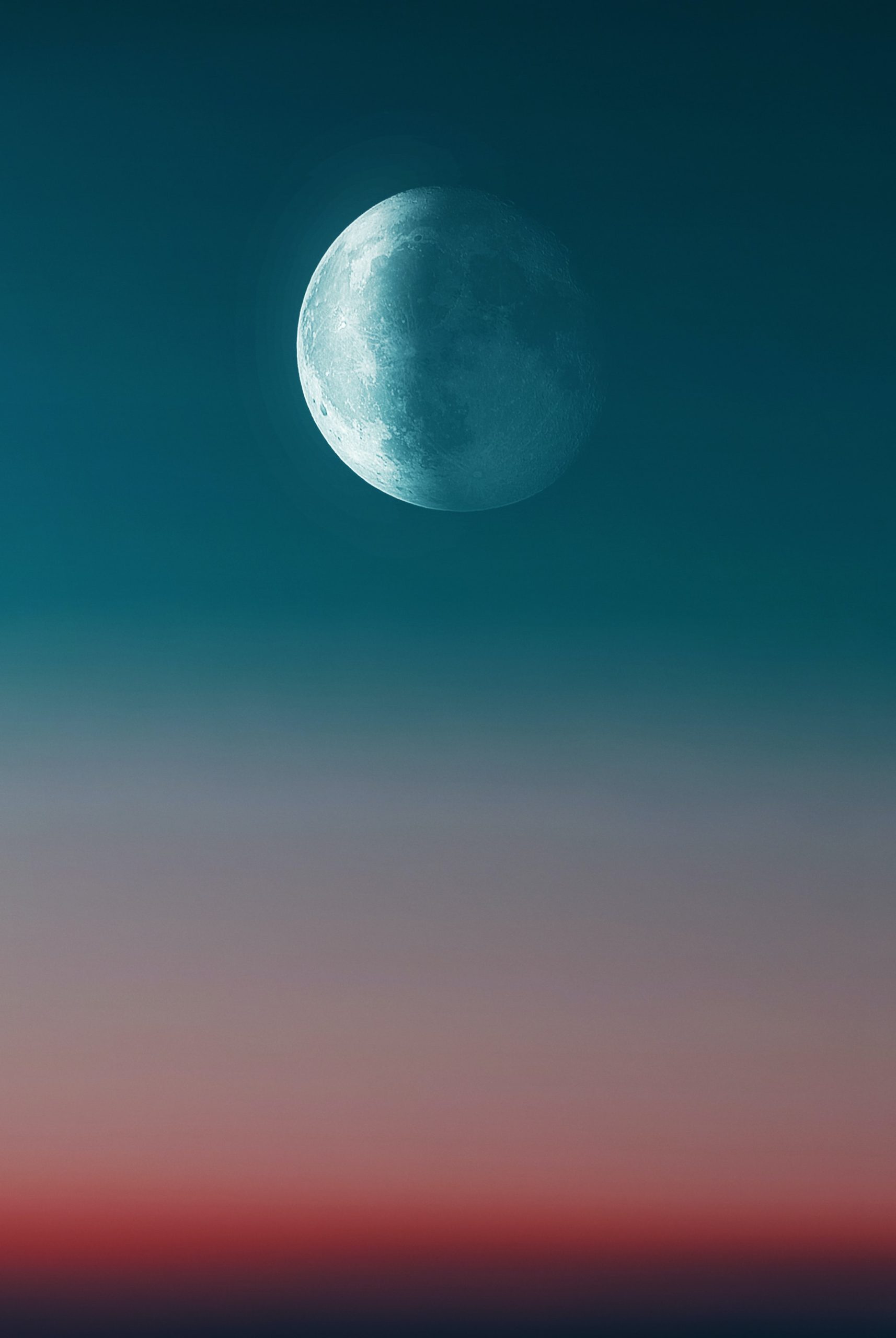Moon Phase Today: Red Moon Explained
Have you ever glanced up at the night sky and marveled at the celestial wonder that is the moon? Its ever-changing appearance, lighting up the darkness with its silvery glow, has captivated human beings for centuries. On certain occasions, though, a unique lunar spectacle takes place – the appearance of a red moon. In this blog post, we will explore the phenomenon of the red moon, its causes, and the significance it holds in different cultures around the world.
Table of Contents
- What is a Red Moon?
- Causes of a Red Moon
- Red Moon in Mythology and Folklore
- Scientific Explanation
- The Impact of Red Moons on Earth
- Where and When to See a Red Moon
- In Conclusion
What is a Red Moon?
A red moon, also known as a blood moon, is a captivating sight in which the moon appears to take on a reddish hue. Rather than the familiar silver or white color we associate with the moon, it can radiate shades of copper, orange, or even deep red. This mesmerizing phenomenon has fascinated humans for centuries.
Causes of a Red Moon
What prompts the moon to transform into this stunning red color? The primary reason behind the phenomenon can be attributed to a total lunar eclipse. During a lunar eclipse, the Earth aligns perfectly between the sun and the moon, casting a shadow onto the moon’s surface. However, unlike a solar eclipse, the moon does not disappear entirely during a lunar eclipse.
The Earth’s atmosphere, and specifically our planet’s troposphere, plays a vital role in shaping the appearance of the moon during an eclipse. As sunlight passes through the Earth’s atmosphere, it undergoes a process called Rayleigh scattering. This effect scatters the shorter blue and green wavelengths of light, while allowing longer red wavelengths to continue on their path.
Consequently, red light from the sun is directed towards the moon, giving it a reddish tint when viewed from Earth during a total lunar eclipse. This process filters out most of the other colors, leaving only the red spectrum to illuminate our lunar neighbor.
Red Moon in Mythology and Folklore
Throughout history, cultures across the globe have attached various meanings and interpretations to the red moon. From ancient civilizations to modern societies, the appearance of a red moon has often been seen as a sign or omen.
In some Native American tribes, a red moon was connected to bloodshed or conflict. It was believed that the red hue symbolized impending danger or a time of war. On the other hand, some cultures viewed the red moon as a purely celestial event, devoid of any symbolic meaning.
Ancient civilizations, such as the Mayans and the Aztecs, incorporated the red moon into their calendars and astronomical observations. They recognized the cyclical nature of lunar eclipses and understood their predictability.
Scientific Explanation
While myths and legends have offered fascinating interpretations, the scientific explanation for the red moon holds equal wonder. Understanding the phenomenon requires delving into the principles of light and the Earth’s atmosphere.
As mentioned earlier, Rayleigh scattering scatters shorter wavelengths of light, such as blue and green, while allowing longer red wavelengths to persist. This scattering effect is also responsible for the blue color of the sky during daylight hours.
During a lunar eclipse, however, the sunlight that passes through the Earth’s atmosphere and reaches the moon is significantly altered by this scattering effect. This alteration grants the moon its blood-red appearance.
The exact intensity and shade of red observed during a lunar eclipse can vary based on several factors, including the Earth’s atmospheric conditions at the time and the amount of particulate matter suspended in the air. Volcanic eruptions, for example, can cause the moon to appear even redder due to increased levels of atmospheric dust.
The Impact of Red Moons on Earth
While the concept of a red moon might sound otherworldly, it doesn’t have any direct implications for life on Earth. The red moon is simply a visual spectacle that captivates observers with its beauty and mystery.
However, the occurrence of a red moon, particularly a total lunar eclipse, can have an indirect impact on scientific research and astronomical observations. Scientists take advantage of these events to study the Earth’s atmosphere, monitor atmospheric properties, and gain insights into the composition of the lunar surface.
Where and When to See a Red Moon
A total lunar eclipse, leading to the appearance of a red moon, can be witnessed from various parts of the globe. The visibility of a lunar eclipse depends on one’s geographic location and the timing of the event.
If you’re eager to witness this awe-inspiring phenomenon, it’s essential to be aware of upcoming lunar eclipse dates. Many international astronomical associations and websites offer eclipse calendars, detailing the exact times and durations of lunar and solar eclipses around the world.
In Conclusion
The red moon, an extraordinary astronomical sight, has intrigued and inspired humans for generations. From mythological interpretations to scientific explanations, the captivating phenomenon of a red moon during a lunar eclipse continues to evoke a sense of wonder and curiosity.
So, the next time you notice the moon gradually transforming into a mesmerizing shade of red, take a moment to appreciate and contemplate the celestial marvel unfolding before your eyes. The red moon is a reminder of the grandeur of our universe and the interconnectedness of Earth, moon, and sun.
Table of Contents
